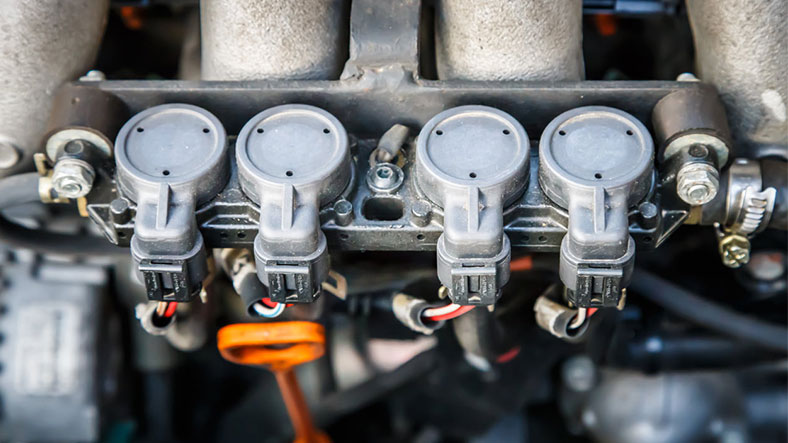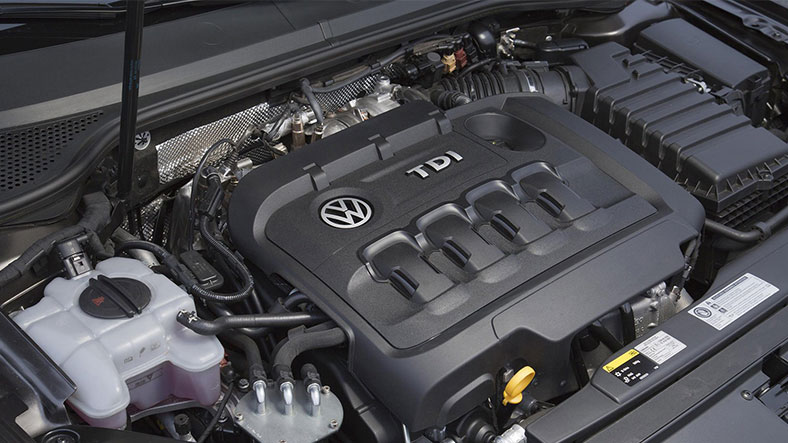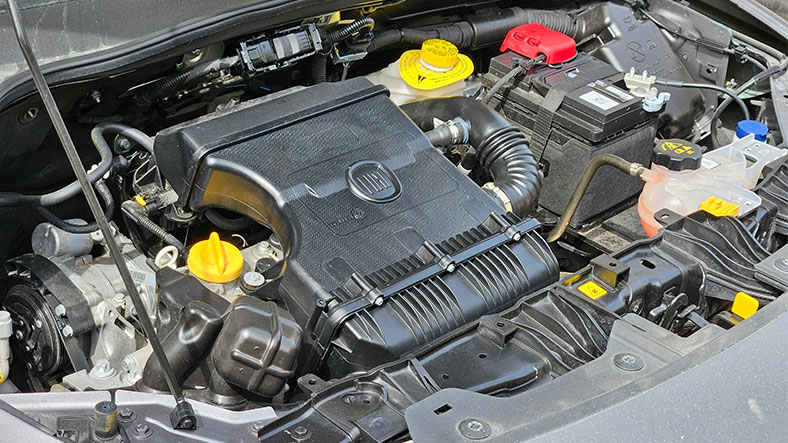Is it a good move to immediately step on the gas and take off after turning the key in the ignition or pressing the start/stop button in newer cars? Or is it necessary to wait for the first run?
Different opinions have been coming to the fore on this issue for years. Even if you go to an authorized service, it is different if you go to your industrial master. separate recommendations You can listen.
Well really waiting after starting the car Is it a necessary move? In fact, things change a little depending on whether the vehicle is old or new.
The tradition of waiting after starting the car comes from carburetor cars.
The carburetor serves to deliver the gasoline in the tank to the engine cylinders through the air mixture. This part, which acts as a bridge for the engine to work, is also important for efficient operation. needs warming up And that requires us to wait. During this waiting, the engine and oil warm up, thus providing better lubrication between the parts of the engine and Engine life is also extended.
If you are driving a car with a carburetor in cold weather, it means that you should be careful when starting up. Cold weather, makes it harder for fuel to evaporate and increases the fuel consumption of the car at first start. As the engine warms up, the mixture automatically begins to dilute. Because the warmer engine provides better fuel evaporation.
However, with the switch to injection engines, there was no need to wait.

Injection engines with new technology, such as carburetor vehicles Does not require any manual intervention because the engine management system can adjust the heat needed by the vehicle according to the correct conditions through electronic sensors.
Nothing changes for diesel engines either.

In modern diesel engines electronic control units (ECU) is available. This part monitors and optimizes the engine’s operating conditions, thus ensuring that the engine runs efficiently even when cold.
However, in the case of old type diesel vehicles, it is necessary to wait after the first operation because cold weather can increase the viscosity (viscosity or viscosity, resistance to fluidity) of diesel fuel. Let the engine warm up a bit and better injection of fuel It also takes time.
As a result, we see that a habit that most of us have is actually an old method.

Instead of the waiting period we mentioned, modern vehicles can now provide appropriate temperature conditions with electronic sensors. However, after the first run, applying direct gas It is not a good situation for the health of the vehicle.. After starting the engine, you can start driving at low speed so that the engine warms up faster and more efficiently. This will also extend the life of your vehicle in the long run.
Let us remind you before punctuating our content, even if your engine is warm and your car is ready and available, There is no end to what you need to do. After starting the car, don’t forget to fasten your seat belt, check your mirrors and look at your dashboard for any warnings. Have fun driving 🙂
Speaking of car engines, don’t forget to check out these contents:
RELATED NEWS
The Most Durable Car Engines That Don’t Fall on Industrial Roads: Among them, some can travel 1,000,000 km!
RELATED NEWS
What do engine abbreviations and terms such as TSI and CDTI, which we are used to seeing on the rear bumpers of cars, mean?
RELATED NEWS
